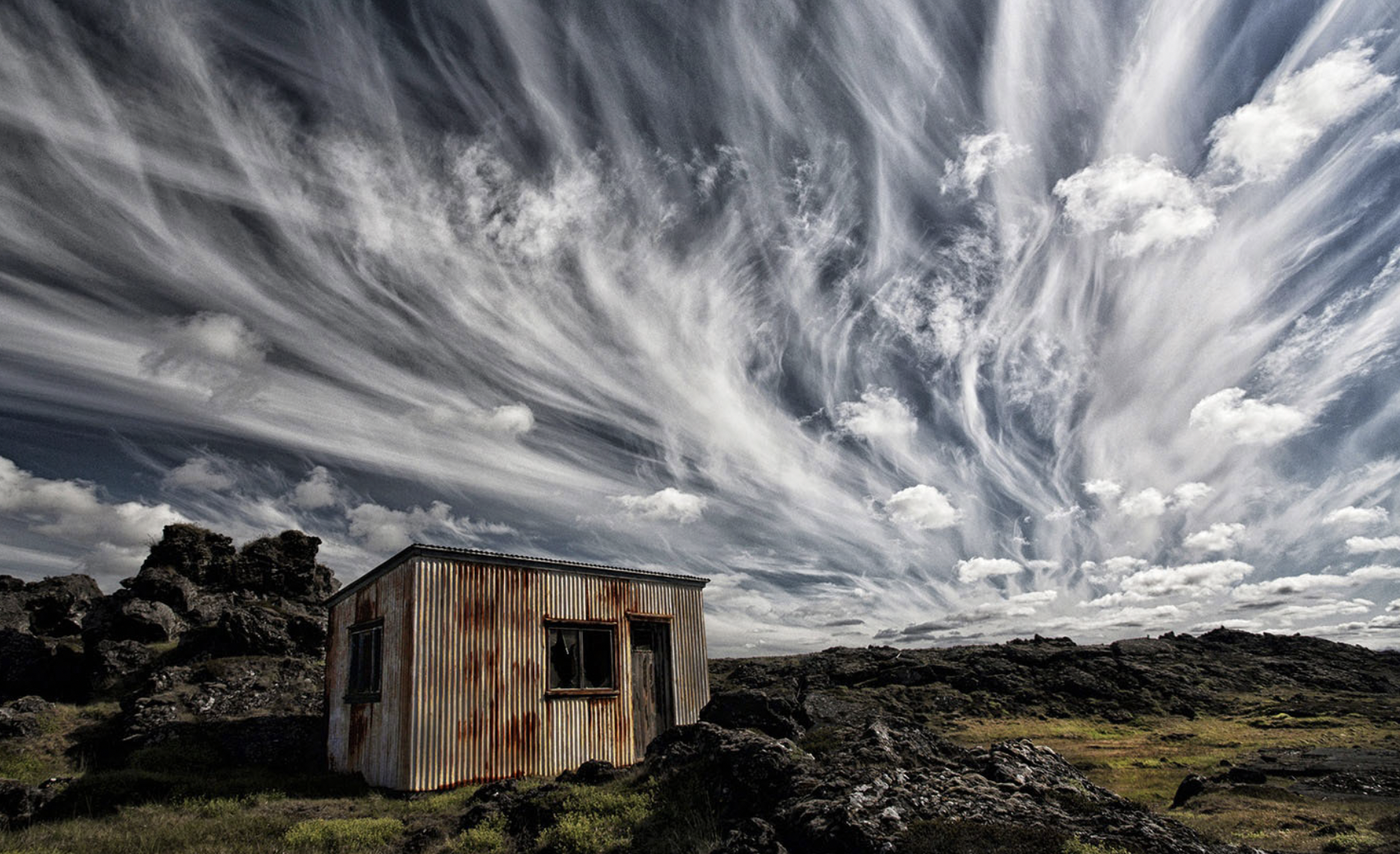
Do you want to get better at cloud photography?
When they see beautiful cloudscapes, many people stop and take photos of them. Clouds tend to be only fleeting, after all.
Include them in your photo portfolio or keep them as a memory of a fun day. However, taking cloud photos can be tricky, even with the right camera. Below are tips on taking sky photos and how to optimize your camera for cloud stock photography.
Table of Contents
Use the Manual Setting
Like some hobbies, photography is a valuable hobby to pick up. Yet, when new hobbyist photographers pick up a camera, they don’t study the Manual setting. If you’re doing cloud stock photography, use it to be more familiar with the Manual setting.
When you go Manual, you’ve got more control over your camera settings, like the:
- Exposure
- ISO
- Shutter speed
- Aperture
A minor tweak in each field can create vastly differing photos. Brush up on these settings and see how small changes make significant differences.
Explore Different White Balance Settings
While you’re on Manual, take this time to experiment with your white balance settings. You don’t know what you might learn when you try breaking some photography rules.
White balance affects the colors of the sky photos you take, giving them different moods and hues.
For example, an orange sky can turn purple if you use the fluorescent preset. You can also bring out deeper colors with the Tungsten preset. An orange-colored sunset will get you blue hues with the following presets:
- Auto
- Cloudy
- Shade
Use a Filter
The tricky thing about taking raw cloud photos is that they can look pale and lifeless on the camera. However, when you look up with your naked eye, it’s the opposite. Filters are great solutions to help make clouds pop out more in your photos.
Consider using a circular polarizing filter or CPL filter. It makes the sky look bluer and emphasizes the clouds. The CPL filter is also effective for non-midday shoots, like during the golden hour.
It increases the color saturation and reduces the paleness of the shot. Don’t have a CPL filter? A budget-friendly alternative is to place your sunglasses in front of your lens.
Consider the neutral density or ND filter, as well. It’s great for daytime shots and photos with bodies of water. It helps you manage reflections and glare by blocking out some light. The result is silkier or frothier water surfaces at slower shutter speeds.
Add Silhouettes
Cloud photography can be boring if you only see the same cloud formations and landscapes. Spice up your shots by adding silhouettes of people, animals, trees, and other things. Remember, your silhouettes must:
- Have distinguishable outlines
- Stand or be against the light
- Be emphasized by contrast with the light
- Look clear
Silhouettes also add a dramatic flair to your shots. Use them when you’ve got a sky shot that has the same dramatic potential. Other tips include capturing movement, like a bird taking off into the early evening sky.
Keep the Composition in Mind
Good composition can make your photos look more professional and high-quality. Never forget it, even when you’re aiming your camera up at the sky. Look for elements to make your subject or backdrop.
Keep your eye on the horizontal lines around you. Use them as guides for following the different compositions:
- Rule of Thirds
- Asymmetrical
- Golden Ratio
A specific field where you’ll take cloud photos is equine stock photography. Instead of focusing on only the horse or rider, learn how to include cloudscape in the picture. If you want to look for great examples of this photography, you can check out those in africa-images.com.
Get the Timing Right
Many excellent sky photos get taken during sunsets and sunrises. These times bring out beautiful colors for only a few moments. If you want to take dramatic images, wait for the golden hour
If you’re incorporating water or landscapes, make sure you know the best times for shooting them, too. For example, most people stop swimming at the lake or beach once the late afternoon rolls around. Take your chance to take photos of the lonesome beach or lake.
Don’t know what to do with the cloud photos you’ve taken? Other than stock websites photography practice, you can upload them to a NASA app. NASA is encouraging people to share their cloud and sky photos on their app. It aims to improve its satellites and cloud studies.
Conclusion
These tips will help you improve your sky and cloud photography skills. Even if you’re not focused on sky photography, these skills can improve photos you take in the day, dusk, and dawn.
To summarize, learn how to use the manual setting, different white balance options, and filters. Use silhouettes, keep your timing in mind, and master compositions.